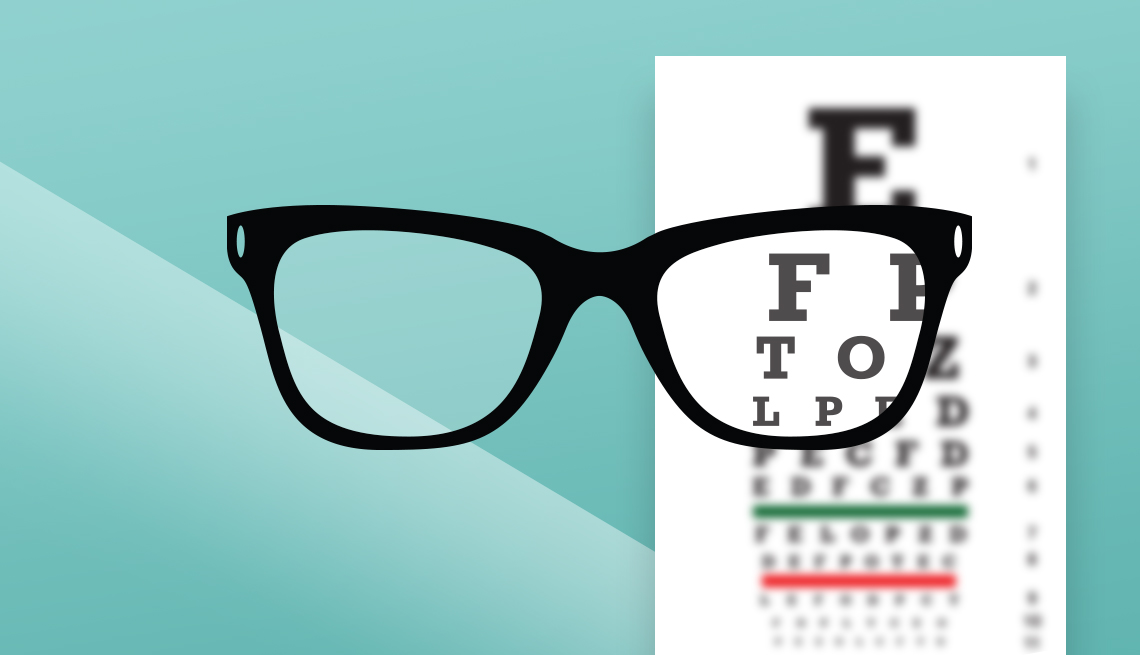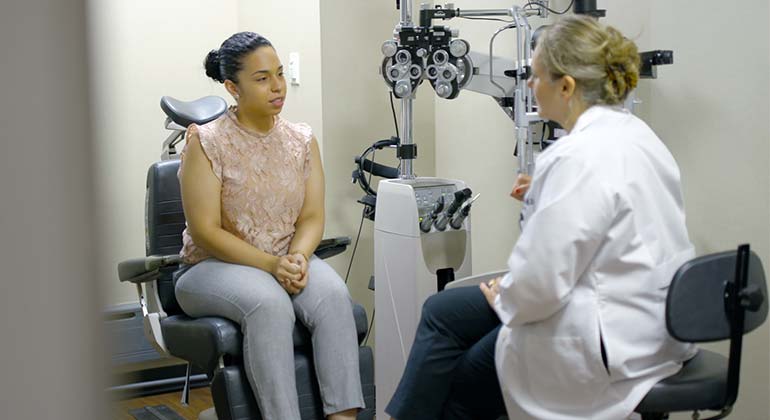Your Guide to Hearing Services Near Me: Regional Experts at Your Service
Your Guide to Hearing Services Near Me: Regional Experts at Your Service
Blog Article
Everything You Required to Find Out About the most recent Developments in Glaucoma Treatment and Eyecare
In the world of ocular health and wellness, developments in the treatment and administration of glaucoma have been gradually developing, paving the means for enhanced patient treatment and end results. From advanced diagnostic tools that supply unprecedented insights into the condition progression to ingenious medical methods that promise better precision and quicker recovery times, the landscape of glaucoma treatment is going through a substantial transformation. With the introduction of novel drug treatments, telemedicine remedies making it possible for remote monitoring, and a change towards customized therapy approaches customized to specific patients, the area of eyecare is witnessing a standard shift. Keep tuned to find just how these latest technologies are improving the method to glaucoma treatment and revolutionizing the future of eye wellness.
Advanced Diagnostic Technologies
Advanced analysis modern technologies play a critical role in the very early discovery and tracking of glaucoma, enabling extra efficient treatment and administration of the condition. Amongst these technologies, optical coherence tomography (OCT) attracts attention as a non-invasive imaging technique that offers thorough cross-sectional pictures of the retina, optic nerve head, and retinal nerve fiber layer. This high-resolution imaging assists medical professionals evaluate structural modifications in the eye created by glaucoma, allowing them to step in immediately.
Additionally, visual area screening, such as automated perimetry, is another necessary diagnostic tool for examining glaucoma-related vision loss - refractive surgeries in al. This examination measures the level of sensitivity of an individual's visual field, assisting to detect any areas of vision loss or distortion. By integrating OCT imaging with visual field screening, medical care suppliers can acquire a thorough understanding of the illness's progression and dressmaker therapy prepares appropriately
Minimally Invasive Surgery
In the realm of glaucoma administration, the focus moves in the direction of minimally invasive surgeries as a positive strategy to deal with the development of the problem following innovative diagnostic evaluations such as optical comprehensibility tomography (OCT) and visual field screening. Minimally intrusive glaucoma surgical treatments (MIGS) have actually gained popularity as a result of their effectiveness in lowering intraocular pressure while reducing the threats and recovery times connected with typical glaucoma surgeries. These treatments are normally performed with little lacerations, frequently along with cataract surgical procedure, making them less invasive and much more comfy for patients.
Some common MIGS procedures consist of trabecular micro-bypass stents, which enhance the discharge of liquid humor, and micro-sized implants that improve drainage in the eye. Additionally, laser procedures such as discerning laser trabeculoplasty (SLT) use a non-invasive alternative for lowering intraocular stress. By including these minimally invasive methods right into glaucoma management, eye doctors can give patients with efficient treatment options that focus on safety and security and fast recovery, inevitably improving long-term end results for people with glaucoma.
Novel Medication Therapies
Arising drug treatments present encouraging avenues for boosting the pharmacological management of glaucoma, using innovative strategies to attend to intraocular pressure control and condition progression. One unique medication therapy that has amassed interest is Rho kinase inhibitors.

Telemedicine and Remote Monitoring
With the development of unique drug treatments expanding the treatment landscape for glaucoma, the combination of telemedicine and remote surveillance becomes a crucial component in enhancing patient care and illness monitoring. Telemedicine permits eye treatment professionals to from another location analyze clients, offer assessments, and display illness progression without the need for in-person sees. This is particularly beneficial for glaucoma people Learn More that require regular monitoring to avoid vision loss. Remote tracking technologies make it possible for individuals to gauge their intraocular stress or visual area at home, enabling timely modifications to treatment strategies. By utilizing telemedicine and remote surveillance, healthcare companies can enhance access to care, improve find out here individual compliance, and spot potential concerns early, bring about far better results for people with glaucoma. Furthermore, these innovations offer comfort for people, especially those in remote areas or with flexibility limitations, by minimizing the need for regular clinic brows through. Accepting telemedicine and remote surveillance in glaucoma management represents a substantial development in maximizing patient care and treatment efficacy.
Personalized Therapy Approaches
Progressing past conventional one-size-fits-all approaches, individualized therapy techniques customized to individual person qualities are changing the management of glaucoma. By personalizing therapy plans based on variables such as age, disease intensity, way of living, and other health and wellness problems, eye doctors can enhance end results and improve patient fulfillment.
Tailored treatment methods in glaucoma include a thorough assessment of each patient's special account. This might consist of hereditary testing to identify particular danger variables, imaging strategies to assess structural modifications in the eye, and practical examinations to examine aesthetic area loss. By integrating these customized understandings, doctor can establish targeted treatments that resolve the underlying reasons for glaucoma development for each and every person.
Moreover, developments in innovation have allowed the advancement of tailored treatment alternatives such as minimally invasive glaucoma surgeries (MIGS) tailored to the patient's specific requirements - hearing service near me. These procedures use reliable intraocular stress control with fewer problems, improving the general high quality of treatment for glaucoma individuals. Welcoming personalized treatment strategies marks a substantial paradigm change in glaucoma monitoring, emphasizing precision medication to deliver tailored remedies for better patient outcomes
Conclusion
Finally, the newest technologies in glaucoma therapy and eyecare consist of advanced diagnostic technologies, minimally invasive operations, unique medication you can check here therapies, telemedicine and remote monitoring, and customized therapy methods. These advancements are revolutionizing the means we identify and treat glaucoma, offering even more individualized and efficient options for people. By remaining current with these advancements, healthcare specialists can give much better treatment and enhance results for people with glaucoma.

With the advancement of unique drug treatments broadening the treatment landscape for glaucoma, the combination of telemedicine and remote surveillance emerges as a pivotal element in enhancing individual treatment and disease administration. cataract care service. Embracing telemedicine and remote tracking in glaucoma monitoring represents a considerable advancement in enhancing individual treatment and treatment effectiveness
In final thought, the most recent developments in glaucoma therapy and eyecare consist of progressed diagnostic technologies, minimally invasive medical treatments, unique drug therapies, telemedicine and remote monitoring, and individualized therapy strategies.
Report this page